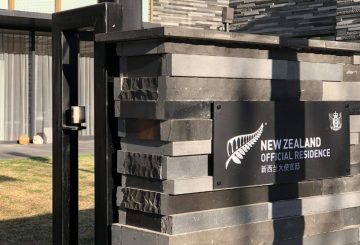정부는 전국의 노동력 부족을 해결하기 위해 워킹 홀리데이 프로그램에 참여할 수 있는 근로처를 두 배로 늘리고 워킹 홀리데이 비자를 연장한다.
또한 정부는 일부 부문의 고용주에 한해 기술 인력에게 새로운 평균 임금 요건보다 적은 돈을 지불 할 수 있도록 허용한다.
마이클 우드(Michael Wood) 이민처 장관은 지난주 변경 사항을 발표하면서 노동력 부족으로 가장 큰 타격을 입은 기업에 즉각적인 공급이 이뤄지도록 하는 것이 목표라고 밝혔다.
“우리는 이러한 현장의 우려에 귀를 기울이고 추가 노동력을 확보하기 위해 실행 가능한 조치를 취하고자 협력했다.”
주요 부문에서 기술 이주 노동자를 고용하는 기업은 새로운 평균 임금 요건을 면제받는다.
올해 7월에 시간당 NZ$27.76로 인상된 평균 임금은 기술 기반 취업 비자 신청자가 벌어야 하는 최소 금액이다. 관광서비스업, 건설 및 인프라를 포함한 부문의 기업은 이제 이러한 기술 이민자들에게 이보다 적은 급여를 지불 할 수 있다.
장관은 이전의 이민 환경 하에서 임금 요건을 더 잘 유지할 것이라고 전했다.
임시직 근로자 부족을 해결하기 위해, 정부는 워킹 홀리데이 제도에 대한 접근을 일시적으로 늘릴 것이다. 이로써 12,000여명의 워킹홀리데이 비자소지자가 추가로 입국할 수 있게 됐다.
또한 2023년 5월 31일 이전에 만료되는 워킹홀리데이 비자를 이미 소지하고 있는 사람들은 비자를 6개월 더 연장할 수 있다.
이전에 워킹 홀리데이 비자를 받았지만 코로나로 인해 뉴질랜드행을 놓친 사람들도 10월부터 새로운 비자가 발급되어 2023년 1월 31일까지 뉴질랜드에 입국, 12개월 동안 체류할 수 있게 됐다.
장관은 “이번 변경 조치는 노동 시장에 긍정적인 영향을 미칠 것이며, 여름 성수기를 대비 워홀러들의 수를 최대한 늘릴 것”이라고 밝혔다.






























































